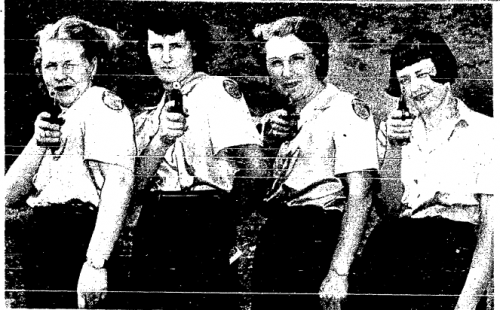Last week, the sinister Dr. Kissinger was interviewed on The Charlie Rose Show about his new book On China.
The Charlie Rose Show is the hour of television that America’s brain dead elites watch to reaffirm the tired cliches that constitute their provincial cosmopolitan worldview. Rose himself, the favored Mouth of Elite Opinion, is the ultimate nadir of the American elites’ corruption of the traditional American can-do spirit. Rose constantly badgers his guests about what the solution is to intractable problems.
For instance, Rose incessantly asks what the solution to the Israel-Palestinian issue is, implicitly assuming it’s the two-state solution where Palestinians and Israelis live side by side in peace. Some guests dutifully echo the conventional elite wisdom that all that has to happen is happy reason to infect a brave Israeli leader and a brave Palestinian leader and peace will break out all over. This ritualistic performance of elite liturgy is usually sufficient to satisfy Rose and his audience’s need for cliche validation.
Some guests, however, occasionally accidentally hint that they know the real solution will be one of two outcomes:
- Israelis in the Mediterranean
- Palestinians in the Syrian Desert
Ted Koppel once had the bright idea of having a televised “town meeting” that was half-Palestinian and half-Israeli. The concept was based on the naive elite view that, once you eliminate the misunderstood, whatever’s left, however improbable, must be unconditional love. Even Koppel, with Reality Elimination Field turned to full power, was taken aback by the crackling energy of the hatred in the room. There was dark primordial enmity there that does not sleep, even under the tender ministrations of American elite enlightenment.
At the two minute mark in his interview with Dr. Kissinger, Rose asks the good Doctor about one of the Twenty Key Quotes that make up conventional American historical wisdom. Dr. Kissinger once supposedly asked Chou En-lai, one of Mao’s chief stooges, what he thought the impact of the French Revolution would be. The story goes that Chou face assumed a wise and inscrutable look as he answered, “It’s too soon to tell”.
Or, as a laundry detergent commercial of my youth jingled, “Ancient Chinese secret”.

